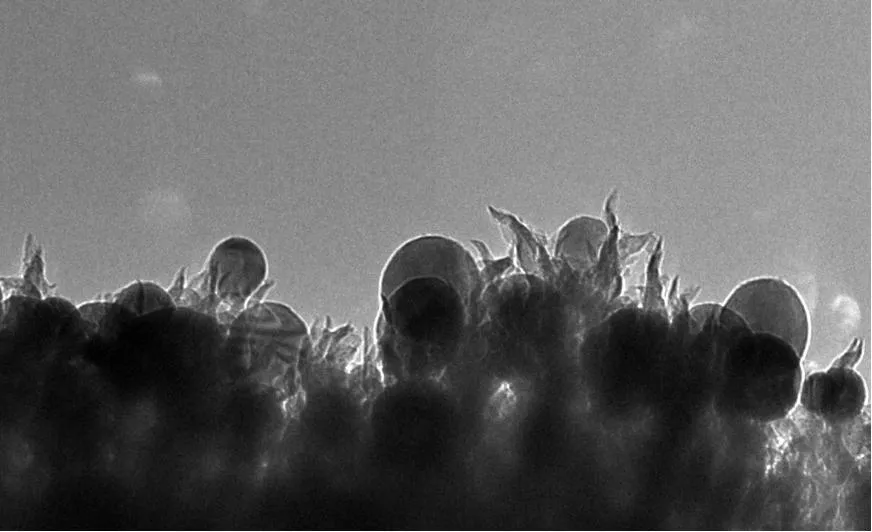Scientists Stumble on a New Way to Tackle Carbon Emissions: Turn It Into Alcohol
A surprising new use for nanotechnology essentially reverses combustion
/https://tf-cmsv2-smithsonianmag-media.s3.amazonaws.com/filer/ff/74/ff7404c7-283d-4c04-a2ba-7e1d653ea8bc/13951874380_3a4be2f49f_z.jpg)
As carbon emissions continue on their upward march, finding new ways to either curb their release or remove carbon dioxide from the atmosphere is becoming increasingly important. Just this summer, researchers announced that carbon levels of Earth’s atmosphere finally reached a long-feared tipping point where warming will continue even if carbon emissions are reduced.
But what if there was a way to turn excess carbon dioxide into fuel?
Recently, a group of researchers at the Oak Ridge National Laboratory in Tennessee were testing out a new piece of nanotechnology that they hoped would help find new ways of transforming carbon dioxide in the atmosphere. The team created nano-sized spikes of nitrogen and carbon with embedded nanoparticles of copper. By applying a slight electrical voltage to their system, carbon dioxide that had been dissolved in water transformed into ethanol, Bec Crew reports for ScienceAlert.
“We discovered somewhat by accident that this material worked,” researcher Adam Rondinone, who led the study, says in a statement. “We were trying to study the first step of a proposed reaction when we realized that the catalyst was doing the entire reaction on its own.”
Instead of making methanol (which is produced by volcanic gases and can make humans go blind if they drink it), the scientists found that the nanomaterial set off a reaction that transformed the carbon dioxide into ethanol—a type of alcohol found in gin, which can potentially be used for fuel, Michael Koziol reports for Popular Science. According to the researchers, running a slight electrical current through the solution essentially reversed the combustion process.
“We’re taking carbon dioxide, a waste product of combustion, and we’re pushing that combustion reaction backwards with very high selectivity to a useful fuel,” Rondinone said in a statement. “Ethanol was a surprise—it’s extremely difficult to go straight from carbon dioxide to ethanol with a single catalyst.”

Not only did this technique set off a fascinating chemical process, but it has potential to be easily scaled up. The researchers made the nanomaterial with common elements and the reaction took place at room temperature, all of which could make it possible to scale it up to an industrial level. While Rondinone says the process would take too much energy to eliminate much atmospheric carbon, it could help supplement alternative energy sources like wind turbines and solar panel farms by storing extra energy in the form of ethanol, Crew reports. That way, these power plants can have a backup energy source for cloudy or less-breezy days.
Like many other means for dealing with excess carbon emissions, this technology still has a long way to go before it could be implemented in places like power plants. Still, it has the potential to make alternative energy sources more effective on an industrial scale.